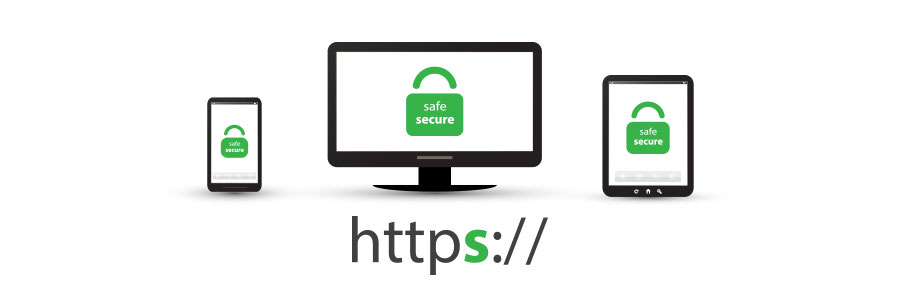How many times this month have you paid for something online using your credit card? Was each payment page secured by HTTPS? If you’re not 100% certain, you’re a prime target for identity theft. The padlock icon in your web browser’s address bar is immensely important and it requires your attention.
HTTPS Encryption
Older web protocols lack data encryption. When you visit a website that doesn’t use HTTPS, everything you type or click on that website is sent across the network in plain text. So, if your bank’s website doesn’t use the latest protocols, your login information can be intercepted by anyone with the right tools.
HTTPS Certificates
The second thing outdated web browsing lacks is publisher certificates. When you enter a web address into your browser, your computer uses an online directory to translate that text into numerical addresses (e.g., www.google.com = 8.8.8.8) then saves that information on your computer so it doesn’t need to check the online directory every time you visit a known website.
The problem is, if your computer is hacked it could be tricked into directing www.google.com to 8.8.8.255, even if that’s a malicious website. Oftentimes, this strategy is implemented to send users to sites that look exactly like what they expected, but are actually false-front sites designed to trick you into providing your credentials.
HTTPS created a new ecosystem of certificates that are issued by the online directories mentioned earlier. These certificates make it impossible for you to be redirected to a false-front website.
What this means for daily browsing
Most people hop from site to site too quickly to check each one for padlocks and certificates. Unfortunately, HTTPS is way too important to ignore. Here are a few things to consider when browsing:
- If your browser marks a website as “unsafe” do not click “proceed anyway” unless you are absolutely certain nothing private will be transmitted.
- There are web browser extensions that create encrypted connections to unencrypted websites (HTTPS Everywhere is great for Chrome and Firefox).
- HTTPS certificates don’t mean anything if you don’t recognize the company’s name. For example, goog1e.com (with the 'l' replaced with a one) could have a certificate, but that doesn’t mean it’s a trustworthy site.
Avoiding sites that don’t use the HTTPS protocol is just one of many things you need to do to stay safe when browsing the internet. When you’re ready for IT support that handles the finer points of cybersecurity like safe web browsing, give our office a call.



 714-333-9620
714-333-9620